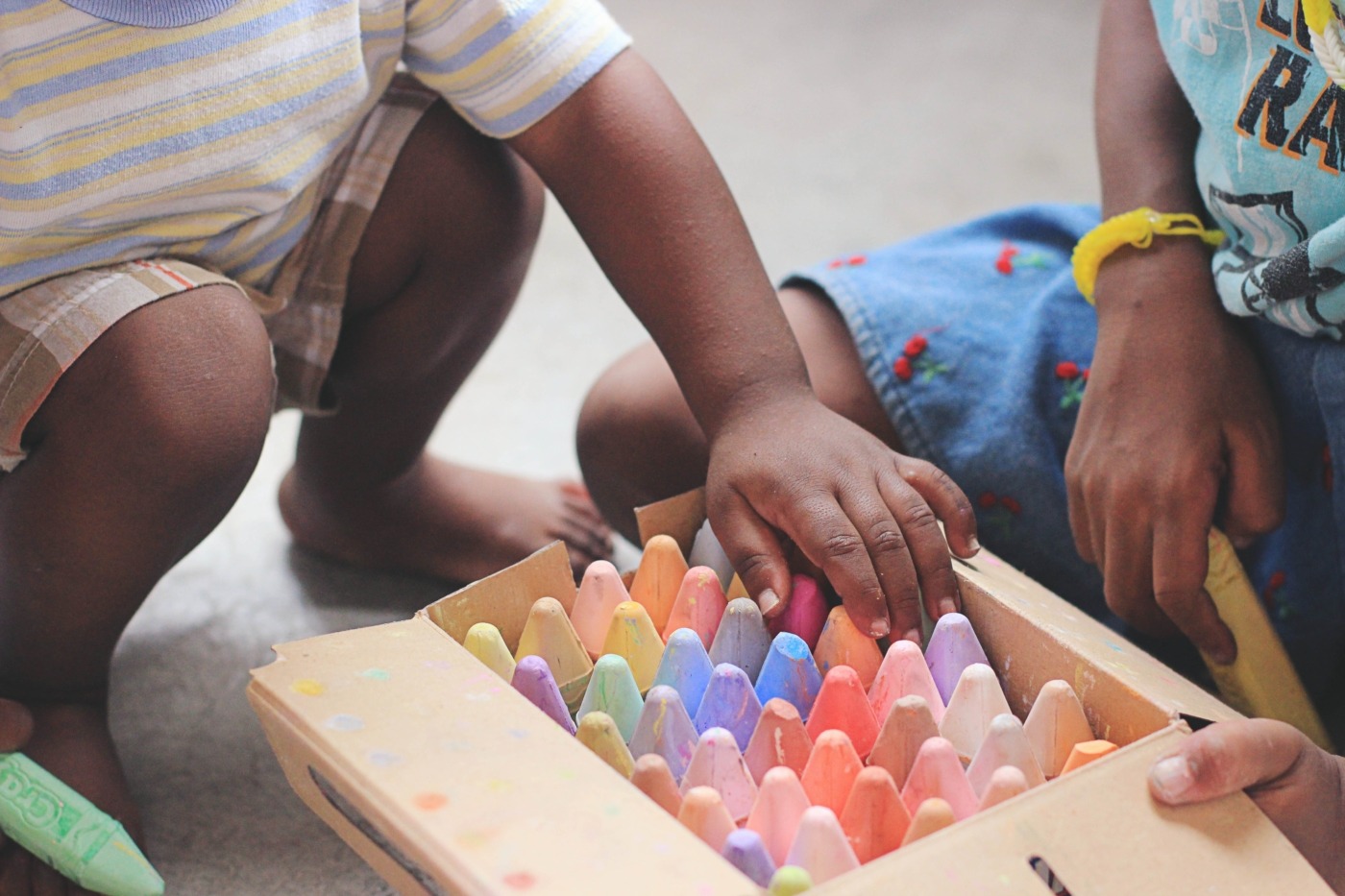Children’s art: what is its value and what should we do with it?
At school the Arts can often be side-lined for more “important” subjects, like maths or the sciences. I distinctly remember my junior school timetable consisting of maths lessons everyday, compared to one art lesson every other Wednesday afternoon. Now, I do understand why art takes a backseat to other lessons – we all want children to leave school with a solid knowledge of things that they will encounter frequently. I know I’ve spent a lot more time counting coins at a shopping checkout than I have sat at an art easel.
However, we cannot diminish the importance of children being allowed to be creative – and art, no matter how “good” you are at it, gives you the freedom to create anything that you want. As a child I made countless pencil drawings of my own hand, and presented all of them proudly to my mum. I didn’t care that they all looked the same. I definitely didn’t care about presenting my maths homework to her. For me, showing off my art was a thrilling moment. I, like many other children, immensely enjoyed my creation being praised by my family members – and I was quickly off to make them a new one, rapidly forgetting the one I had just made.
Ultimately there is something distinctly special about doing art as a child. There is a joy that comes with moulding clay into a dog, or painting a picture of your house, that many of us can’t recreate in adulthood. Perhaps it is the knowledge that whatever we create cannot be graded and compared to others – our artwork was distinctly our own. The National Endowment for the Arts has even argued that children’s art participation is distinctly important due to its remarkable ability to instil in children ‘strong social and emotional skills’ that aid them in later life.
Perhaps we should think less about the skills that children can take from art, and think more about what art can take from them
But perhaps we should think less about the skills that children can take from art, and think more about what art can take from them. Art can be a powerful thing when used professionally or simply as a hobby, as it can provide an outlet for peoples’ emotions and thoughts.
I don’t for one second pretend to be an art connoisseur. Often when I walk into an art museum I find myself staring at paintings and wondering ‘What the hell is that? Are those random swirls supposed to mean something?’ But isn’t that ultimately the point of art? It can represent something deeply personal for the artist and make absolutely no sense to an observer.
But back to the question at hand; what should you do with your children’s art? Often they themselves are quick to forget about it, but it can be difficult as an adult to decide to take up a drawer storing forgotten paintings, or to simply throw the art away – and risk feeling awful about it later.
I was sceptical about the idea of throwing away children’s art – it seemed unnecessary and cruel to me
An article in The Atlantic recently discussed the benefits and drawbacks of keeping children’s art forever, hoarding it as opposed to throwing it away. They ultimately concluded that keeping the artwork does more damage than good, as it showcases an inability to let go of the trivial – and a need to hold onto nostalgic things.
Initially I was sceptical about the idea of throwing away children’s art – it seemed unnecessary and cruel to me. However, after reading the article I find myself agreeing with the writer. Perhaps what is more meaningful than storing art that your children quickly forget about, is to display the art proudly for a time then, when a new piece is inevitably presented to you, discard the old one. This creates a full cycle which revolves completely around the art – it is created, it is showcased, then it is replaced by something new. All the while the child’s creations are being praised, their creativity encouraged, and they are also learning a valuable lesson – sometimes we need to let things go so that new, better things can take their place.

Comments